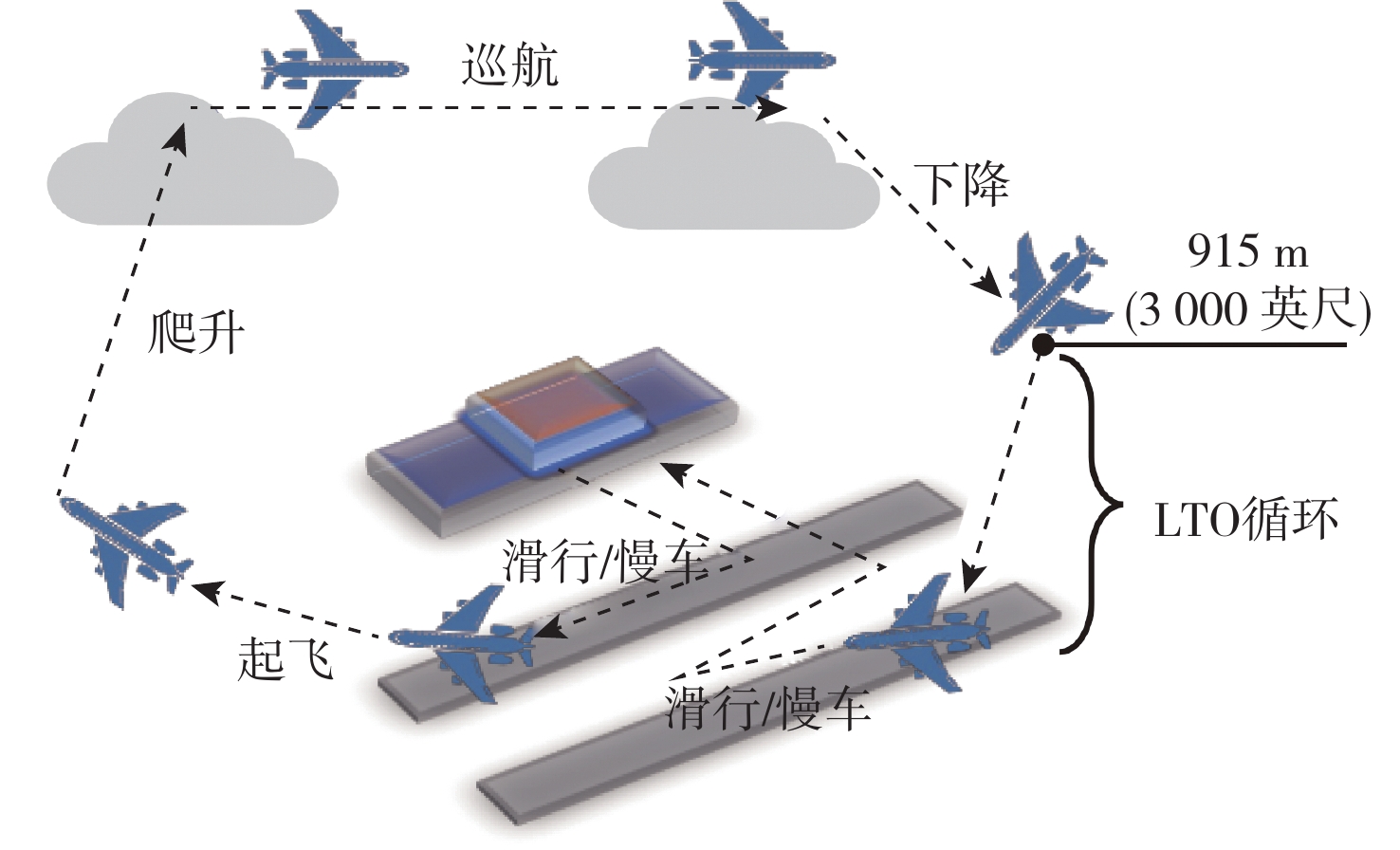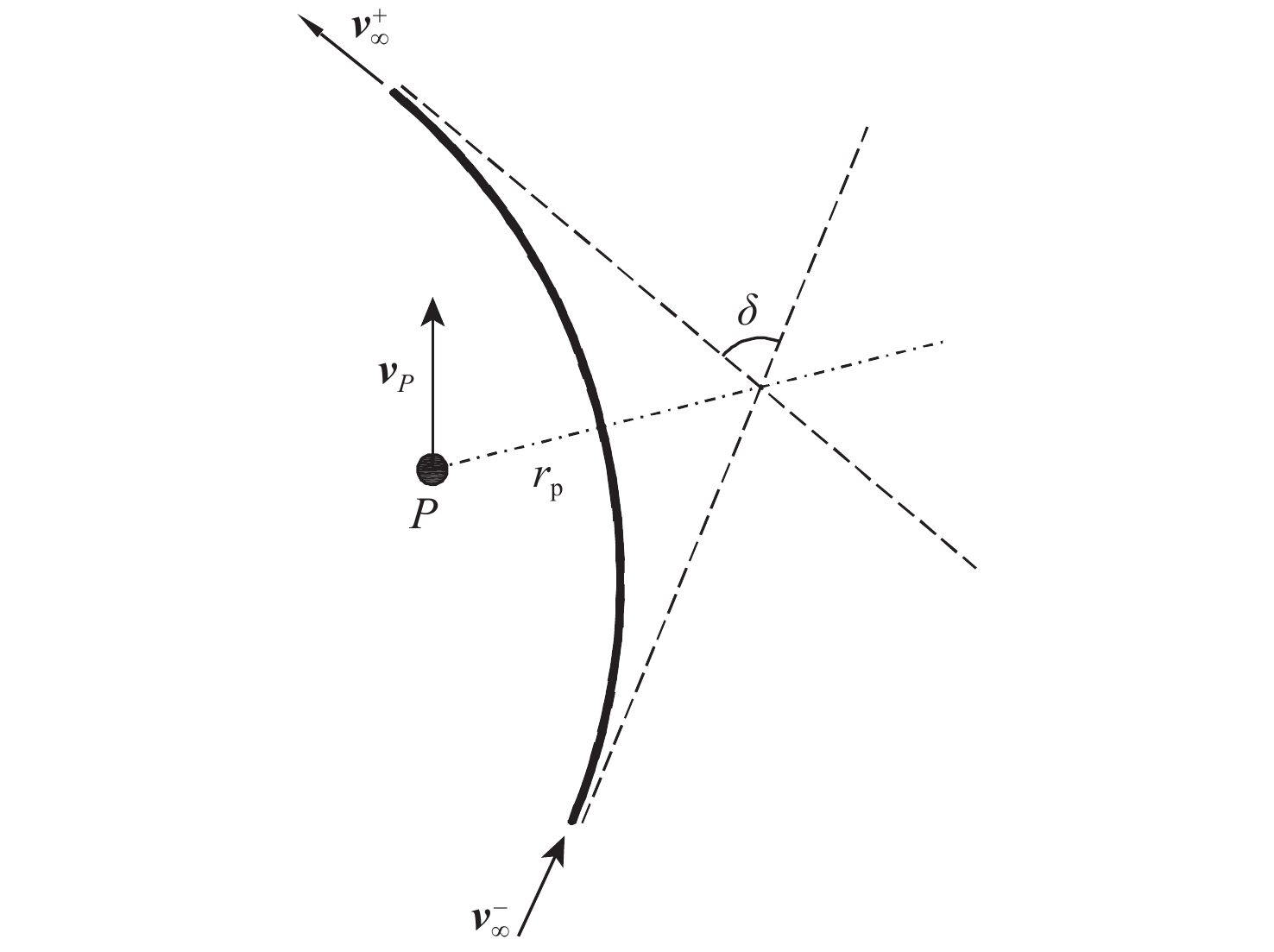In order to study the effects of initial temperature, initial relative humidity, fuel load, and relative saturation of dissolved water on dissolved water, condensed water, precipitated water, and free water, this paper established a water contaminant generation model based on the heat and mass transfer equation. The results show that: Among the four factors, the initial temperature has the greatest influence on the formation of water contaminants. With the increase in the initial temperature, the condensed water decreases first and then increases, and the free water increases. The free water generated at the initial temperature of 310 K is 177% higher than that generated at 270 K. The effect of initial relative humidity is the smallest. With the increase in the initial relative humidity, the condensed water shows an increasing trend, and the initial relative humidity of 100% results in a generation of 0.68 L of condensed water, which is 1.1 times 0.619 L generated at the initial relative humidity of 40%. The increase in fuel load will lead to the phenomenon of fuel re-absorption in the descent stage, and with the increase in fuel load, the phenomenon of fuel re-absorption is strengthened. The amount of condensed water shows a decreasing trend, while the free water shows an increasing trend. When the fuel load is 100%, 1.009 L of free water is generated, which is 1.79 times 0.561 L generated at the fuel load of 40%. The increase in the relative saturation of dissolved water will lead to an increase in the amount of precipitated water, thus increasing the total amount of free water. The total free water generated at the relative saturation of the dissolved water of 100% is 0.793 L, which is 2.37 times 0.335 L generated at the initial solubility of 40%.





